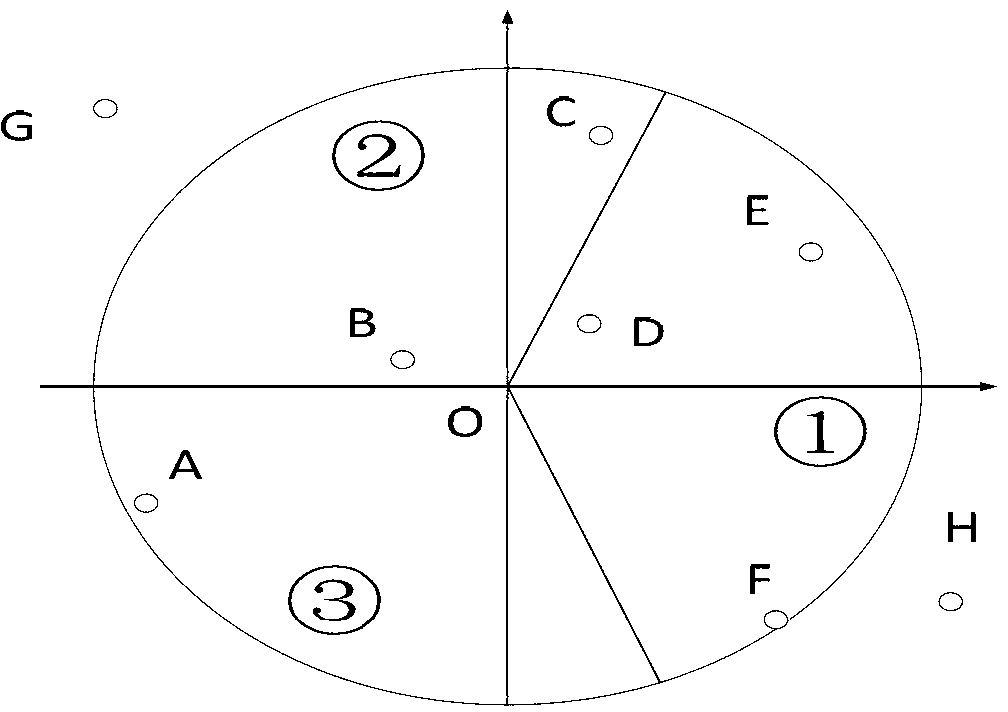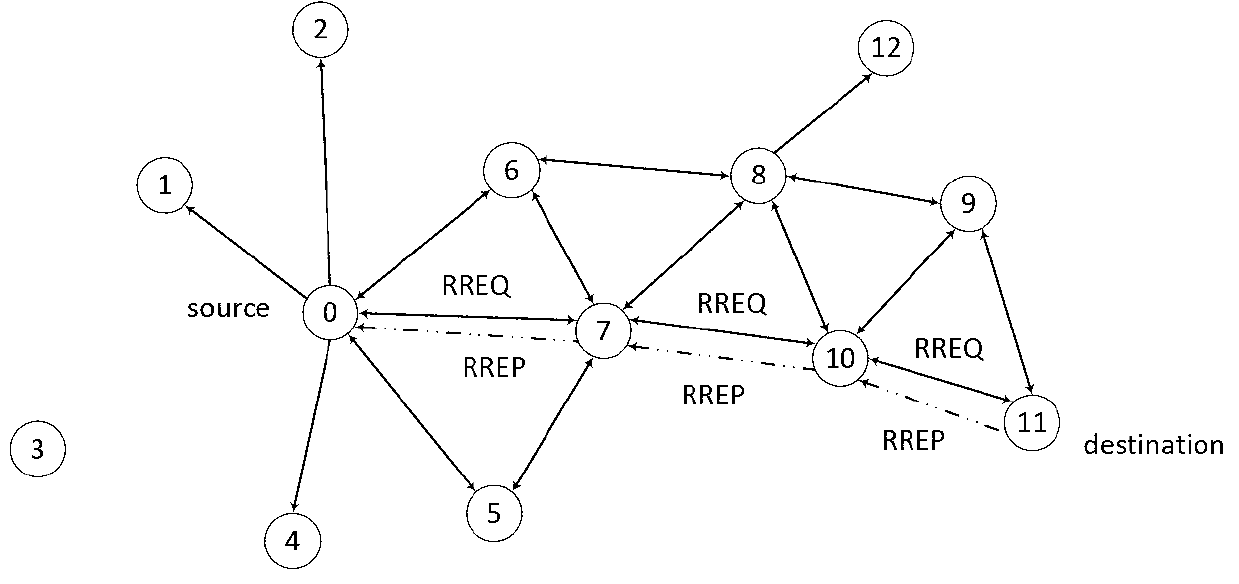Low power consumption directional broadcasting method aiming at wireless sensor network
A wireless sensor, directional broadcasting technology, used in wireless communication, energy reduction, advanced technology, etc.
- Summary
- Abstract
- Description
- Claims
- Application Information
AI Technical Summary
Problems solved by technology
Method used
Image
Examples
Embodiment Construction
[0029] The energy problem of the wireless sensor network has always been a technical difficulty restricting the development of the Internet of Things. The wireless sensor network searches for nodes and establishes routes using the traditional AODV protocol. The AODV protocol establishes routes in the form of network-wide broadcasting. The received RREQ message, until the message reaches the destination node, establishes a route. In this process, many nodes do not need to broadcast, and the establishment of the route only uses a small number of nodes. Based on this, the present invention has designed a directional The broadcasting strategy adds the idea of directional broadcasting to the way of AODV search in the original routing protocol. It only broadcasts for some nodes in the specified fan-shaped area, and performs packet loss processing for nodes that are not in the directional broadcast fan-shaped area. Therefore, packet loss The energy of the processed sensor nodes can ...
PUM
 Login to View More
Login to View More Abstract
Description
Claims
Application Information
 Login to View More
Login to View More - R&D
- Intellectual Property
- Life Sciences
- Materials
- Tech Scout
- Unparalleled Data Quality
- Higher Quality Content
- 60% Fewer Hallucinations
Browse by: Latest US Patents, China's latest patents, Technical Efficacy Thesaurus, Application Domain, Technology Topic, Popular Technical Reports.
© 2025 PatSnap. All rights reserved.Legal|Privacy policy|Modern Slavery Act Transparency Statement|Sitemap|About US| Contact US: help@patsnap.com



